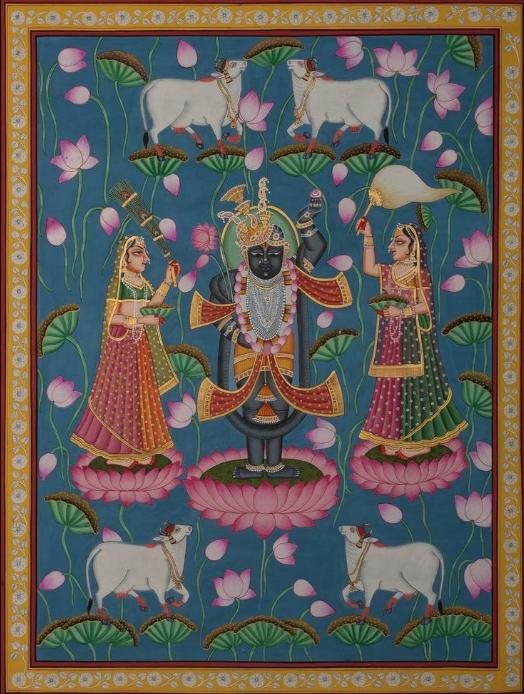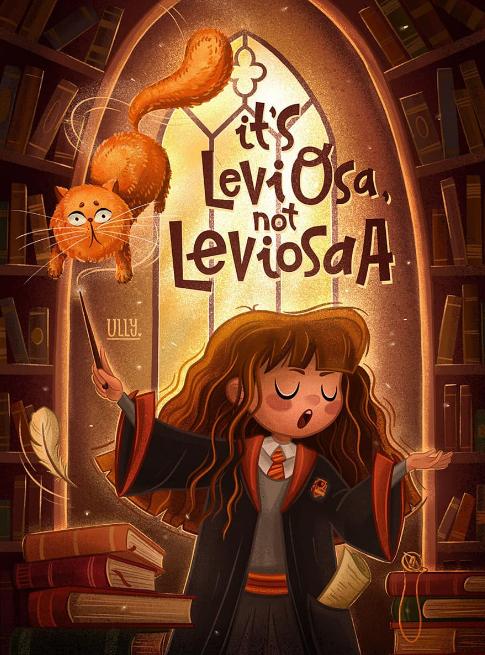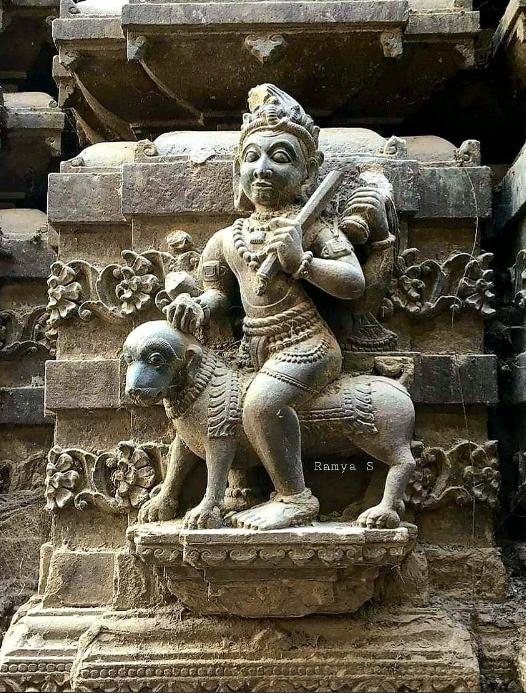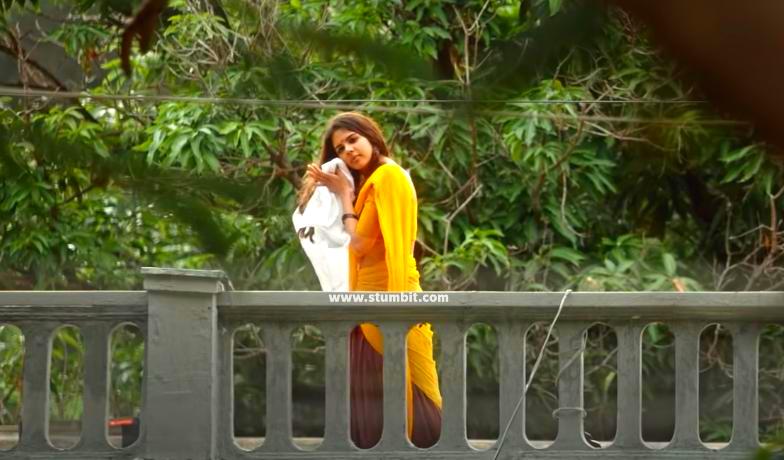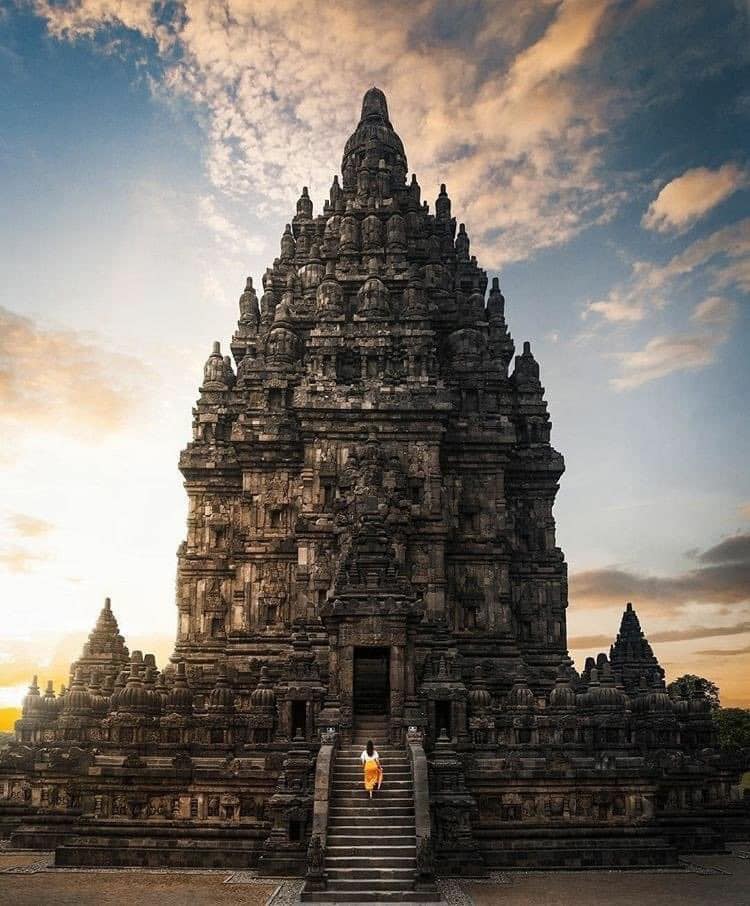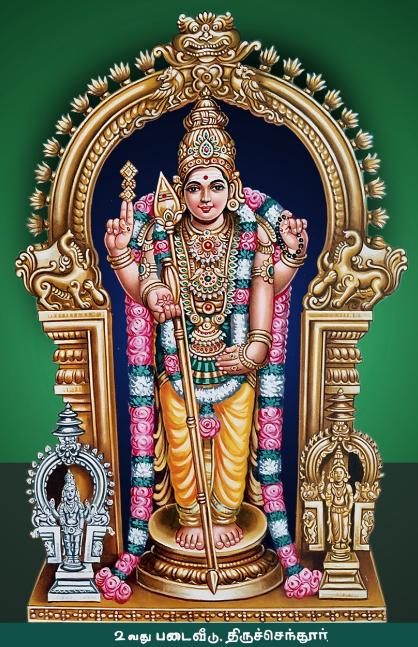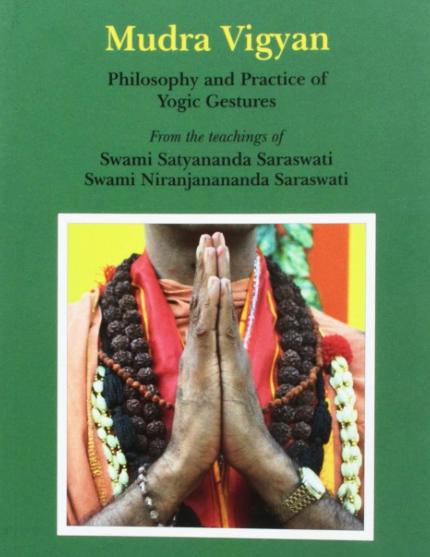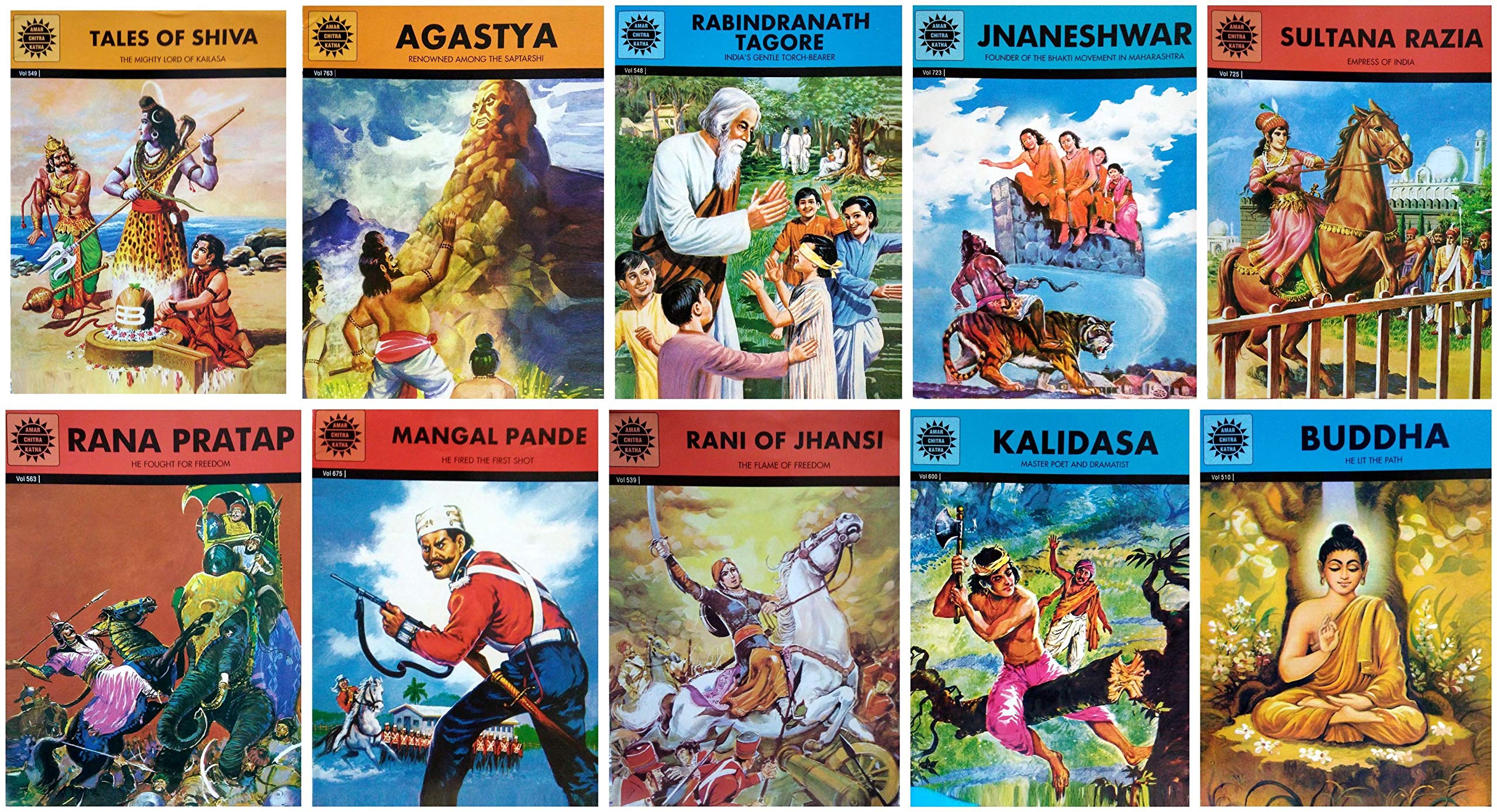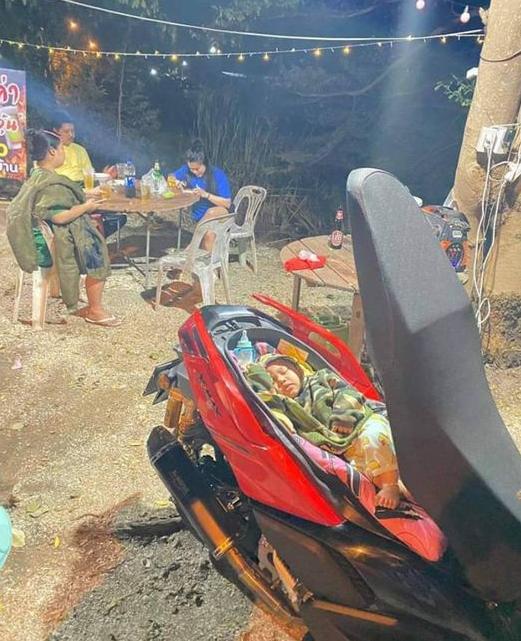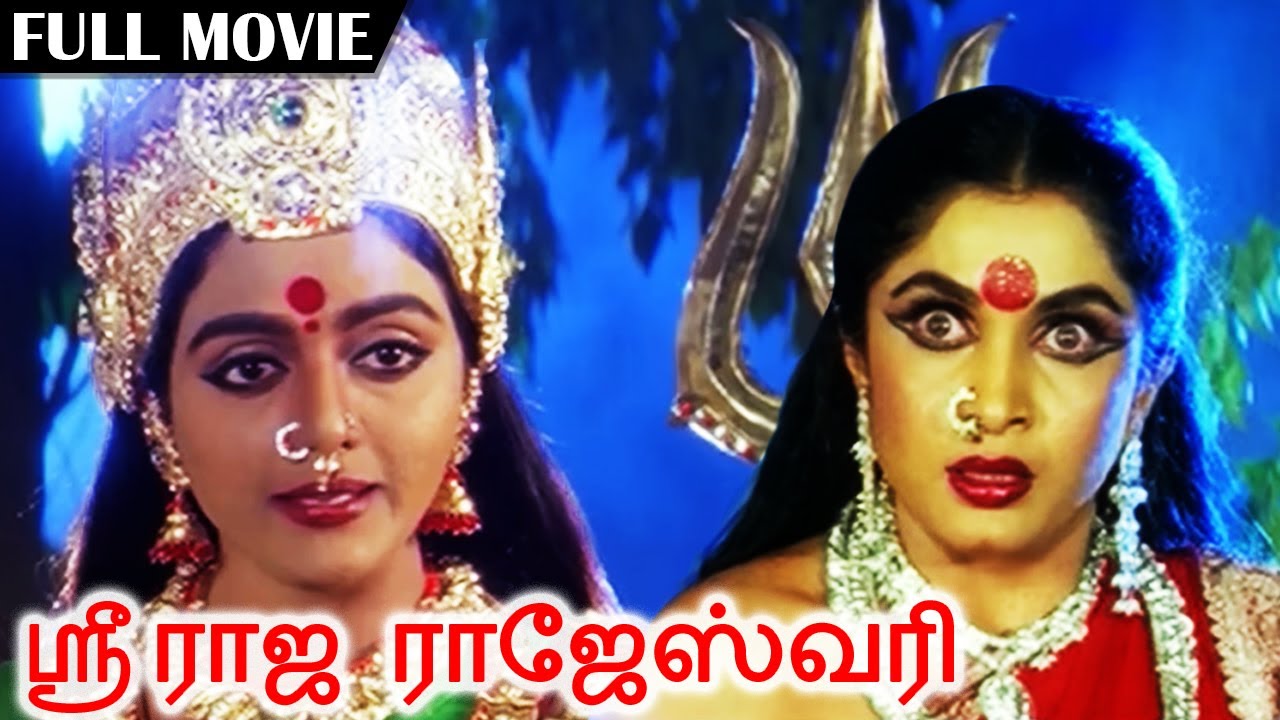Developed over 400 years ago in a small town near Udaipur, Rajasthan; Nathdwara, Pichwai is traditional Indian art. Artists use this intricate Indian art form to recreate the incidents from Shrinathji’s life. According to Hindu mythology, Shrinathji is Lord Krishna at the age of seven.
In 1672CE when the Shrinathji temple was established, Vitthalnath the chief priest and son of the Pushitmarg sect founder Vallabhachrya, employed artisans under the temple administration to create pichhwais. These were traditionally made by the artisans only on commission by the chief priest for religious worship and ceremonies.However in the coming centuries, as the sect grew to various part of India such as Gujarat and Mathura, the art styles reached those places as well. Pichhwais were made to be taken by pilgrims from Shrinathji temple but were also commissioned by wealthy families. The heavy and intricate nature of this art also led to its favour by theatre companies, with production companies commissioning as backdrops for productions.
The word Pichwai is derived from combining two different words; pichh which means back and wai means cloth hanging. Thus, Pichwai means cloth hanging at the back, which is how traditionally Pichwai paintings were used, hung behind Shrinathji’s idol in temples. Originally, Pichwai was exclusively used to decorate the walls of Shrinathji temples at Nathdwara and were used to portray and celebrate the different incidents and festivals in Krishna’s life. However, over the years, this traditional art form has been admired by numerous art lovers, who wanted a little piece of Krishna’s life in their homes, hence, these days artists also make Pichwai paintings for personal and commercial collections.
Conventionally Pichwai paintings are painted by a group of artists instead of a single artist. Hence, it is difficult to find a signed Pichwai painting. However, recently, some professional artists have started recreating these traditional paintings of Shrinathji, who also sign them. Owing to the extremely detailed and intricate artwork, it often takes months to complete a single piece of artwork by a group of artists.
The artists need immense prowess and tenacity to paint the gorgeous paintings of Shrinathji. Apart from the delicate work the artists have to pay attention to the details such as the expressions and articulation that Krishna and the Gopis carry on their faces, along with their friends and animals. Though these paintings are depictions of Krishna when He was seven years old, His other companions such as Radhika, other gopikas i.e. the milkmaids, Krishna’s friends, the cowherd's men, and the plants and animals such as lotuses, peeple trees, cows and peacocks form an important part of these exquisite paintings.


